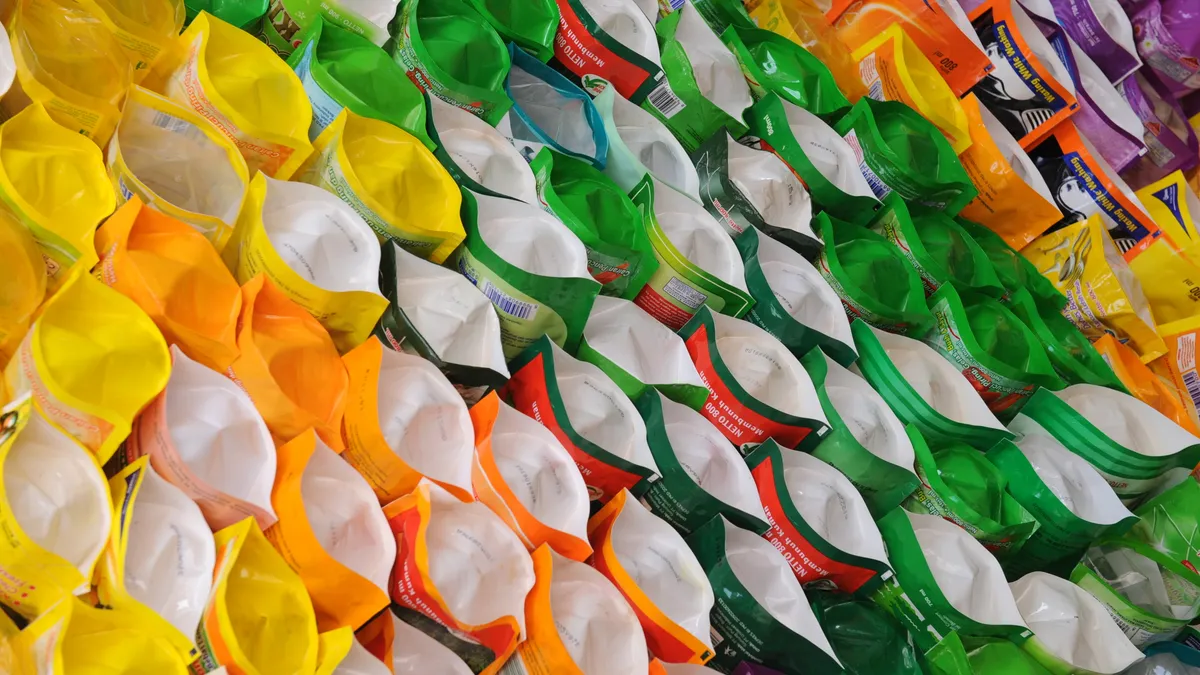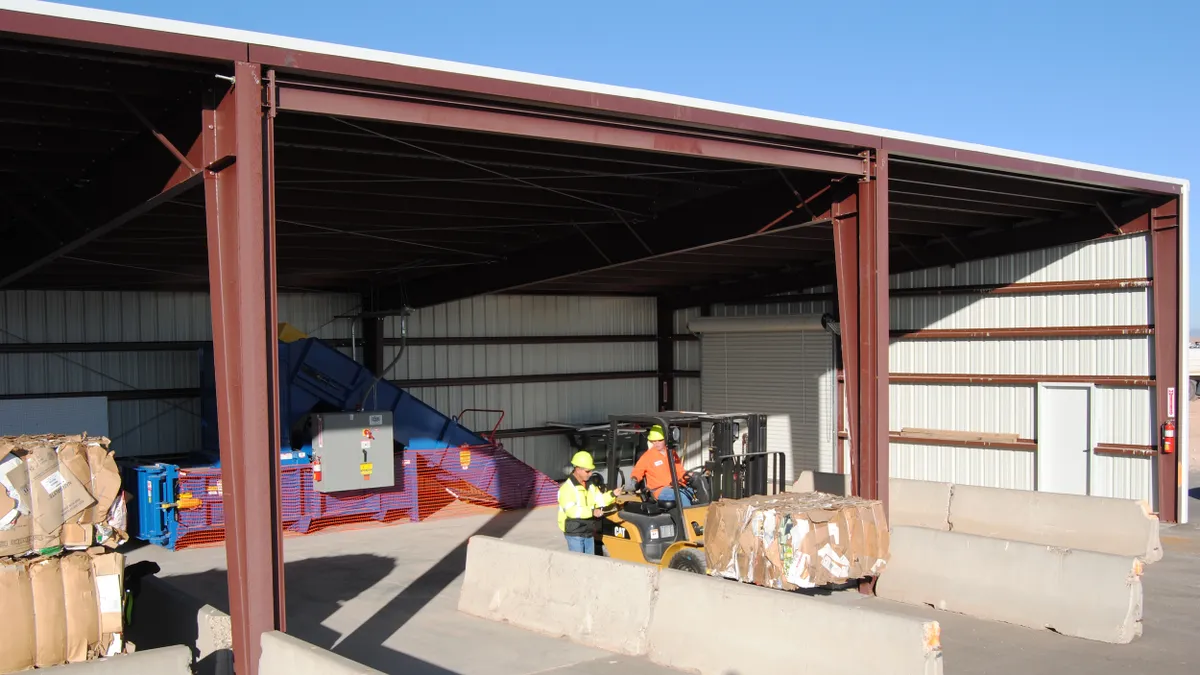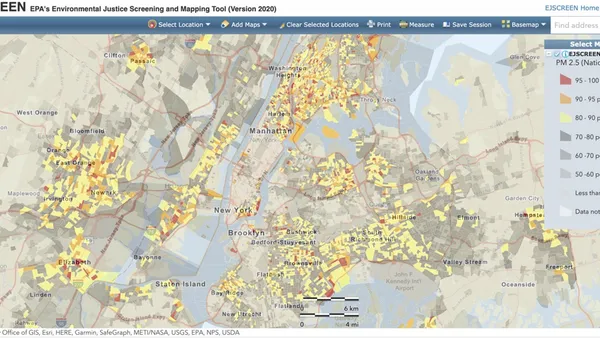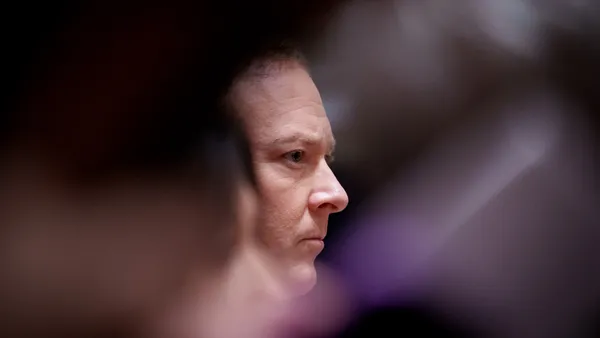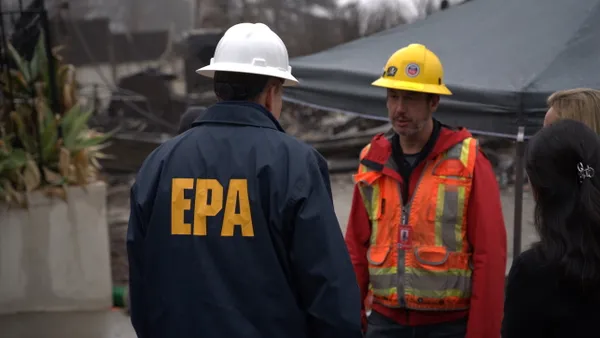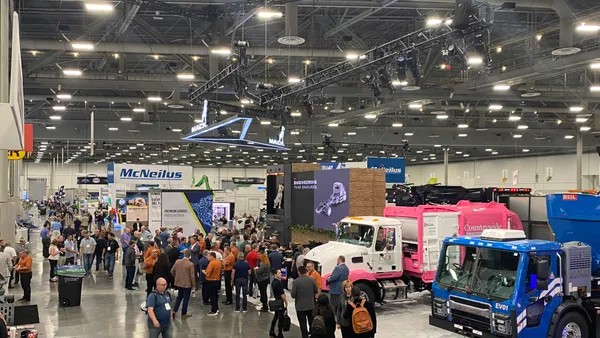Discussions and policymaking around extended producer responsibility for packaging are growing and evolving, particularly in the Americas and Europe, Product Stewardship Institute leaders and a panel of stakeholders highlighted during a Thursday webinar on global trends.
PSI CEO Scott Cassel, who moderated the discussion, noted laws signed in Maine and Oregon in 2021 and in California and Colorado in 2022, and other speakers predicted more states will follow suit. The webinar also highlighted the European Commission’s proposed updates to the Packaging and Packaging Waste Directive, which could set new requirements for EPR, with ambitious goals for 2030.
“You can really see how this issue has taken shape over the last couple of years here in the United States,” said Dan Felton, executive director of AMERIPEN, a trade association that represents stakeholders in the packaging value chain. “It's moving at a rapid speed here in the United States.”
GFL Environmental has experience operating in an environment with EPR in Canada, a country where the company gets 48% of its overall revenue. GFL’s Nicole Willett, vice president of resource recovery, said the company is the only service provider that processes an entire province’s post-collection material. It does so in British Columbia, which Willett described as the only fully implemented EPR program in North America.
“That experience has helped us realize what’s hard to process, what’s a little bit easier to process, how do we collect differently, how do we make this more sustainable, and we’re constantly improving, and we’re constantly striving for better audit data or better quality of material. So that experience in and of itself has really helped shape our trajectory of EPR,” said Willett.
Willett described EPR as “a sustainability initiative” aligned with one of GFL’s top ESG goals: to increase recyclables recovered at MRFs by 40% by 2030. “We have a lot to do in a very short time of seven years. So we think EPR legislation is one of the crucial things that will help us achieve that goal,” she said.
GFL was involved in rulemaking around EPR in Ontario. In 2021, GFL said it formed the Resource Recovery Alliance to become a producer responsibility organization in response to Ontario’s EPR regulation. Circular Materials acquired that operation last year.
As for where GFL is participating in advocacy around EPR, Willett said that GFL is currently advocating “where we think we might get the biggest bang for our buck” and are focusing on “some of those emerging states” where EPR legislation and discussion are percolating.
Across the U.S., AMERIPEN expects even more state legislative activity around packaging producer responsibility in 2023 than in 2022. Connecticut, New York and Washington are among the states considering proposals.
“We do believe it's very likely we will see one or two more laws enacted this year around packaging producer responsibility,” Felton said. “If you asked me today what those one or two states might be, I’d probably give you a different answer than if you asked me tomorrow or you asked me two weeks from now, or when I told somebody two weeks ago … we'll just have to wait and see.”
Given ongoing rulemaking and implementation of laws that have been passed, producer compliance won’t come into force until 2025, 2026 and 2027.
“We have four laws in place, pretty different from each other,” Felton said. And laws enacted this year would probably look different from the first four, Felton said, which could ultimately lead to more discussion around potentially needing to “get something done at the federal level.”
There was no federal activity on EPR in 2022, and AMERIPEN expects the same for 2023. In the future, “it may not be that we end up with a 50-state federal EPR for packaging law in the United States,” he said, but some form of guidance could be valuable. Felton described one possibility being a set of federal requirements that states could opt to follow in their EPR laws to gain some kind of federal support.
“This discussion is not yet robust at the federal level, but it’s coming, and we need to be having that conversation,” he said.
Interested in more packaging news? Packaging Dive is launching March 27. Sign up today.



